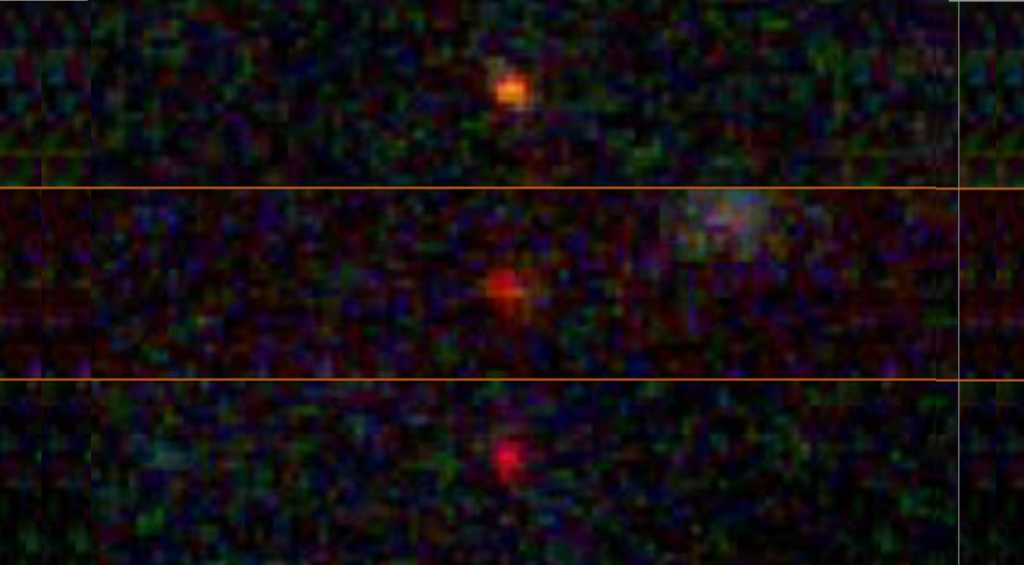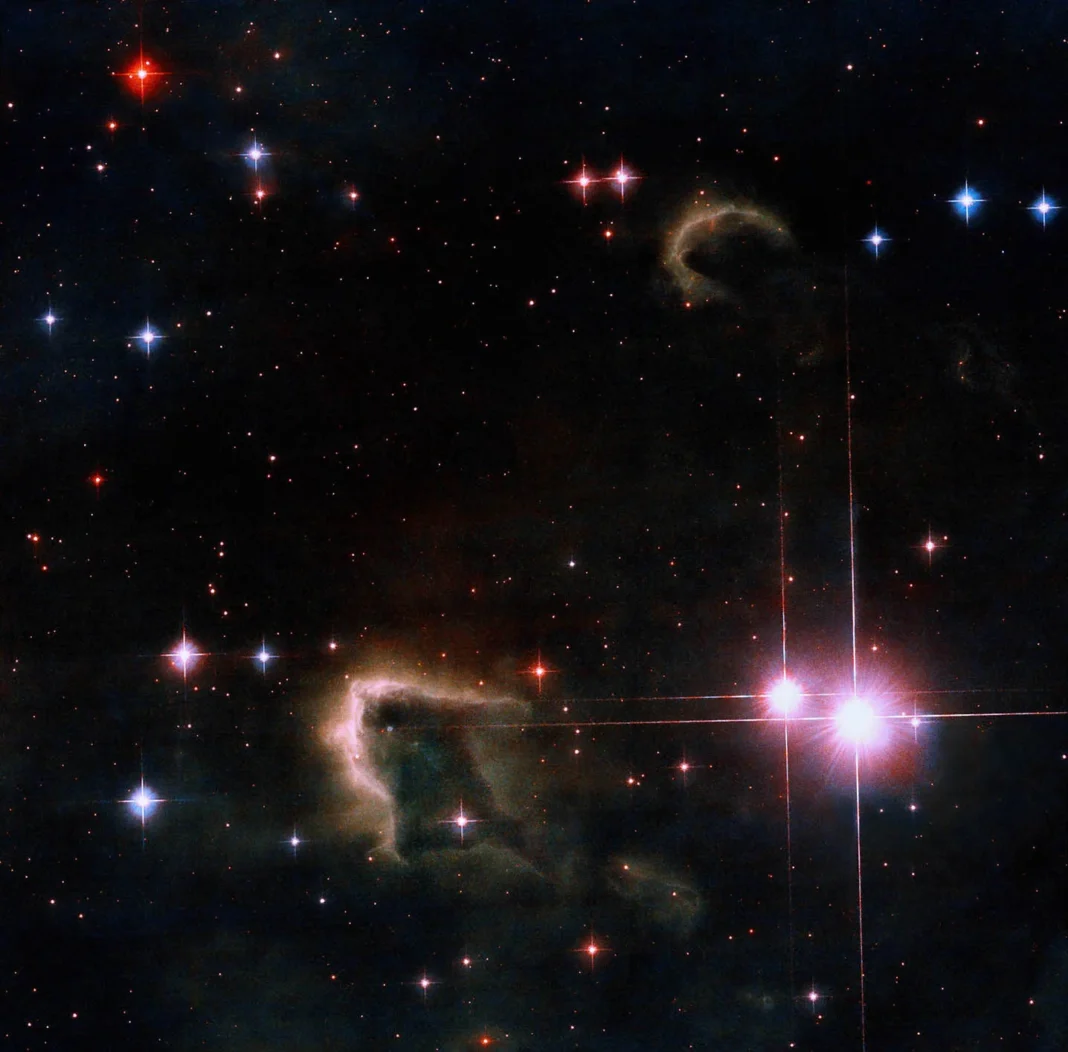Fusion-powered stars stand as celestial beacons in the vast fabric of the universe, illuminating the blackness of space with their incandescent brilliance. They project a fascinating alchemy at their heart, in which the simplest atom, hydrogen, evolves into heavier elements via a chain reaction known as nuclear fusion.
The Origin of Dark Star Idea
The concept of dark stars originated through a series of discussions between Freese and Doug Spolyar. Mr. Spolyar is a former University of California, Santa Cruz graduate student.
Pondering over the influence of dark matter on the first stars that emerged in the universe, they reached out to Paolo Gondol. He is an astrophysicist at the University of Utah and subsequently joined the team.
After years of development and exploration, they published their initial paper on this groundbreaking theory in the journal Physical Review Letters in 2008.
The Enigma of Dark Stars

Astrophysicists at the University of Texas at Austin said on July 14, 2023, that they’ve now identified three bright objects that might be “dark stars.” Until now, “dark stars” have only existed as theoretical creations in the domains of mathematical models and scientific ideas. The term ‘Dark’ does not refer to the luminosity of the star but to dark matter as the power source at its core, rather than the typical nuclear fusion reactions that power ordinary stars.
Recent findings were published in the Proceedings of the National Academy of Sciences. The research revealed three mysterious celestial objects that, Originally identified as galaxies in December 2022 by the JWST Advanced Deep Extragalactic Survey (JADES), the three candidate dark stars, named JADES-GS-z13-0, JADES-GS-z12-0, and JADES-GS-z11-0, have now become subjects of intense scientific inquiry.
“It’s more likely that something within the standard model needs tuning because proposing something entirely new, as we did, is always less probable,” Freese said. “But if some of these objects that look like early galaxies are actually dark stars, the simulations of galaxy formation agree better with observations.”.
While this discovery does not prove their existence, it has sparked renewed interest among scientists and astronomers to investigate this cosmic mystery further.
“Discovering a new type of star is pretty interesting all by itself, but discovering it’s dark matter that’s powering this — that would be huge,” said Freese, director of the Weinberg Institute for Theoretical Physics and the Jeff and Gail Kodosky Endowed Chair in Physics at UT Austin.
You see slightly varying estimates for the percentage of dark matter in our universe. But, according to Fig. Modern theorists, there’s vastly more dark matter than ordinary matter in our universe.

The Dark Matter Enigma and Model for Dark Stars
Now, let’s drive into the heart of the mystery – dark matter. It’s arguably one of the most compelling mysteries in contemporary astrophysics, and it’s no wonder it has both seasoned physicists and curious minds on the edge of their seats. Unlike ordinary matter, dark matter does not emit, absorb, or reflect light. It’s invisible, making it notoriously difficult to detect directly.
The model by Freese and her colleagues assumes that dark stars form in clouds made mostly of hydrogen, with dark matter contributing just 0.1% of the mass. When two dark matter particles collide, they can annihilate each other, releasing photons, electrons, and other particles. Most of these by-products stay in the cloud, depositing heat into its gas and causing it to glow like a normal star.
“Dark stars are a theoretically intriguing idea,” says Julian Muñoz, a cosmologist at the University of Texas at Austin who was not involved in the current work. “Self-annihilations are a fairly generic signature of many dark matter models.” They are a central feature in one popular model, in which dark matter comprises weakly interacting massive particles or WIMPs.
Some Important Results Deduced from the Existence of Dark Stars
Let’s go on to the results, where things get even more intriguing. This is more than simply physics; it’s a cosmic narrative that has the potential to alter our fundamental understanding of the cosmos.
Early Universe Dynamics: But hold on, there’s more. Dark stars may have evolved in the very early stages of the universe when conditions were significantly different than they are now.
Supermassive Black Holes’ Seed: We’ve arrived at the climax. If dark stars exist, they have the potential to shed light on the genesis and expansion of supermassive black holes (SMBHs). Dark stars may act as cosmic seeds from which these enormous black holes sprout, offering light on the earliest conditions that lead to the formation of SMBHs.
The author acknowledges his teachers, Dr. Fatima Bint e Munir and Dr. Atif Shahbaz, for their coordination.
Also read: A New Phenomenon of Origination of Planets & Stars as “Twins”

Muhammad Faraz Iqbal is an undergraduate student pursuing Physics at the Institute of Physics GC Lahore. With a keen interest in astronomy, Faraz has participated in an astronomy camp conducted by the Center of Astrophysics and Space Sciences in Abu Dhabi. He actively contributes to the field as an executive member of the Lahore Astronomical Society (LAST) and as a science demonstrator for various organizations.

